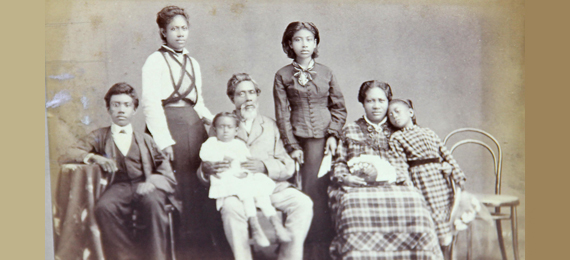
During the 18th century, measles in Hawaii created an epidemic that threatened to wipe out the entire Hawaiian monarch. Measles is a highly contagious viral infection that spreads by inhalation of the infective droplets and also by contact with the infected persons. This disease can affect all ages and is especially seen highly in children. It includes fever, cold-like symptoms which can last up to 3 to 5 days, and also rashes. Read on to discover how this dangerous disease destroyed the entire Hawaiian monarch.
The measles hit the Hawaiin Islands in the year 1848 when King Kamehameha II and his Queen, Kamamalu of Hawaii headed to England in the year 1824. The young royalty couples developed measles after visiting the Royal military asylum. Within a month the king and the Queen succumbed due to measles complications and their bodies were sent back to Hawaiin Islands.
When Did the Hawaiian Monarchy End?
- A. Jan 17, 1893
- B. Feb 17, 1894
- C. Mar 17, 1985
- D. Apr 17, 1986
After the death of the royalties, Hawaiians had lived in isolation which helped their culture and population to blossom. That isolation ended up contributing to their downfall when they got into contact with Europeans. During the 19th and 20th centuries, the entire Hawaiian culture and lives of the residents were threatened by the epidemics of measles, smallpox, pertussis, diarrhea, and some other diseases.
The Europeans’ contribution not only changed the structure of Hawaii but also brought various new diseases to this Island. The explorer Captain James Cook and his crew introduced many sexually transmitted diseases like syphilis and gonorrhea. Because of their location, people in Hawaii Island lacked immunity to infectious diseases which made the diseases spread quickly. This unknown disease in Hawaii resulted in up to 1,75,000 deaths which made the Hawaiian population cut into half.
It was just the beginning and there was so much Hawaiian disease history kept on popping up in the later years. The famous historian David Stanner spoke about the Hawaii epidemic in Honolulu Magazine that “Hawaiians were extraordinarily strong and healthy people who lived in a bubble, a kind of bubble that was a paradise in many respects.”
Hansen’s disease also known as Leprosy wrecked the native Hawaiians. People who were affected by this disease were forced to live in remote leper colonies. The Wealthy Americans planned to cast away the Hawaiian monarchy from their country as leprosy wiped half of the Hawaiian population. During the 19th century, they turned Hawaii into a missionary controlled plantation colony. By the end of 1920, there were only 24,000 native Hawaiians left on Hawaii Island.
According to the centers for disease control and prevention, Hawaiian Island has a variety of sexually transmitted diseases like HIV/AIDS, hepatitis, and tuberculosis. Despite these challenges, the native Hawaiian is still on its growth. These diseases changed the nature and culture of the Hawaiian Islands.